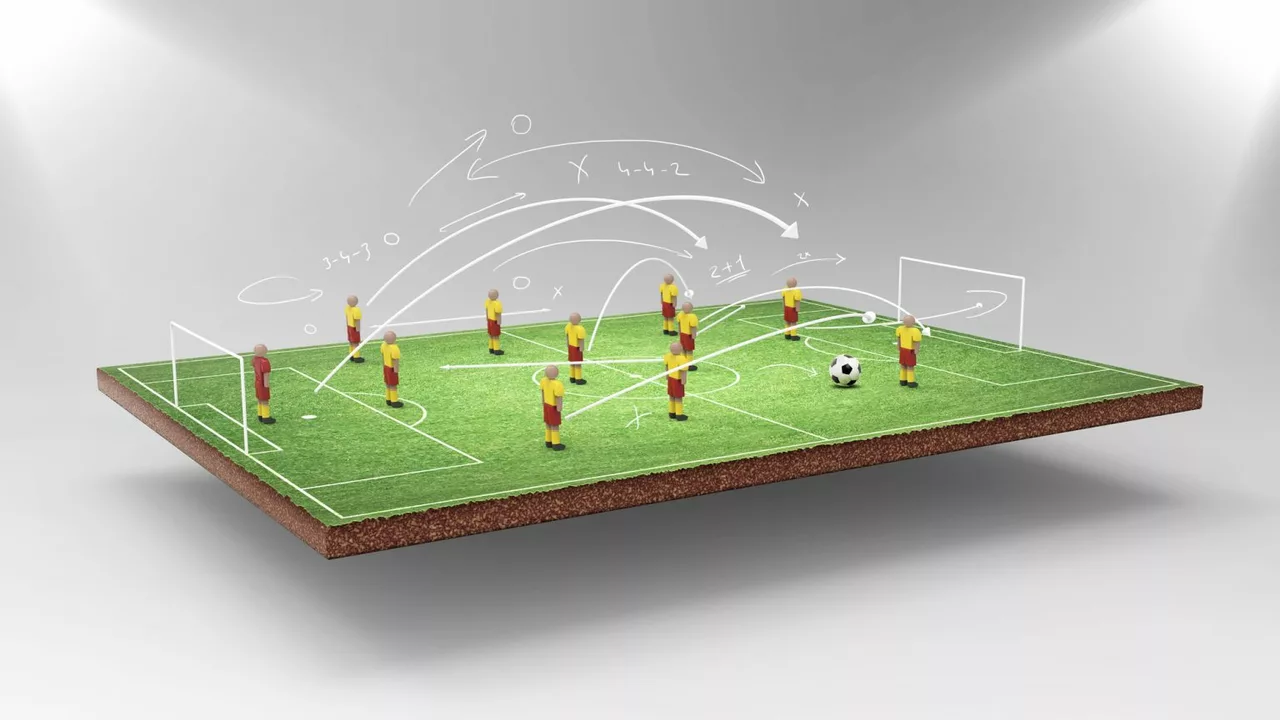Sports & Recreation: Easy Ways to Up Your Soccer Game
Welcome to the Sports & Recreation hub where we break down the stuff that matters on the pitch. Want to control the middle of the field? Curious about simple drills that boost stamina? You’re in the right spot.
What a Midfielder Really Does
A midfielder is the team’s engine. You’re not just defending or scoring—you’re linking both sides. Think of yourself as the bridge that moves the ball from defense to attack while keeping the opposition guessing. The job needs good vision, quick feet, and the stamina to run up and down the field for 90 minutes.
Step‑by‑Step Guide to Playing Midfield Soccer
1. Positioning first. Stay a few yards behind your defenders, close enough to help when they’re under pressure but forward enough to receive passes. Scan the field every few seconds—knowing where teammates and opponents are is half the battle.
2. Control the ball. When the ball lands at your feet, use the inside of your foot for quick, accurate passes. Keep the ball on the ground in tight spaces; a simple one‑touch pass can open a lane for a striker.
3. Pass with purpose. Ask yourself, “What does the next teammate need?” Short, crisp passes keep possession; longer diagonals can switch the play and catch the defense off‑guard. Practice a mix of short (5‑10 meters) and long (20‑30 meters) passes in training.
4. Support the defense. When the opponent attacks, drop back quickly. A well‑timed cover can stop a through ball before it reaches the striker. Learn to read the opponent’s movement—if a winger cuts inside, be ready to block the passing lane.
5. Make forward runs. After you’ve helped defensively, push forward to become an attacking option. Timing is key—run into space just as the ball is played forward. This creates a passing triangle that makes it hard for defenders to intercept.
6. Keep moving. Standing still makes you an easy target. Constantly shift your position, create angles, and give yourself multiple passing options. Even simple sideline shuffles keep the play fluid.
7. Stay fit. Midfielders cover the most ground. Incorporate interval sprints—30 seconds high intensity, 30 seconds jog—into your routine. Add core work (planks, Russian twists) to stay balanced while dueling for the ball.
8. Communicate. Call for the ball, tell teammates when you’re open, and signal when you’re covering. A quick “hey!” or “I’ve got you!” can prevent mix‑ups and keep the tempo high.
9. Watch the pros. Players like Kevin De Bruyne and Luka Modrić show how to read the game and deliver killer passes. Notice how they position themselves, when they drop back, and how they move without the ball.
10. Practice under pressure. Set up small‑sided games (5‑v‑5) where you must make decisions quickly. The less space you have, the sharper your thinking becomes—just like a real match.
Putting these steps into a regular training habit will make you a reliable midfielder who can both defend and create chances. Remember, the role isn’t about flash; it’s about consistency, smart movement, and making the right pass at the right time.
Ready to give it a go? Grab a ball, find a friend, and try a simple drill: One player passes the ball to you from the edge of the box, you control it with one touch, then pass to a teammate 15 meters away. Repeat, adding a defender after a few rounds. You’ll feel the difference fast.
Keep checking the Sports & Recreation section for more easy guides, training plans, and the latest soccer news. Stay active, stay curious, and enjoy the game!
Playing midfield in soccer is all about control and balance. As a midfielder, it's my job to both defend our goal and set up attacks by controlling the ball, passing accurately, and positioning myself correctly. I have to keep an eye on the whole field, anticipate the game, and react quickly. It's a challenging role requiring stamina, skill, and strategic thinking. Remember, a good midfielder can be the key to a team's success.
